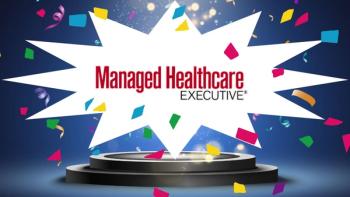
Learning From Others
U.S. health executives can glean useful insight from studying how other countries approach healthcare.
We recently returned from an educational summit of the Swedish healthcare system sponsored by the TPG International Health Academy. The group of 25 was made up of healthcare executives from Canadian and the U.S. organizations including Kaiser Permanente, LA Care, National Indian Health Board, Centene, Cigna, Affinity Health Plan, and others. We studied a number of aspects of Sweden’s universal, government-sponsored system including its organization, financing, access-to-care, and current challenges.
While there were a number of key points learned from the study, two things stood out to us.
First, their focus is on care delivered in a primary care setting. In the Swedish system, primary care, which does not include pediatricians or internal medicine, accounts for over 20% of all healthcare costs. As a comparison, in the United States we spend about 5% (including pediatricians and some internal medicine and non-delivery OB-GYN). Primary care in the Swedish system is largely delivered in clinic settings that include general practitioners, nurse practitioners, nutritionists, psychologists, and physiotherapists in a holistic approach to patient and family care.
Related:
Through this approach, more comprehensive care is provided in the primary care clinics and fewer referrals to specialty and other care are required. In addition, an emphasis is put on patient education and self-care. The result is lower cost and better healthcare results, which demonstrates that primary care medical homes work.
The takeaway is that health plans should improve efforts to create more robust medical homes for their members to improve outcomes and lower overall healthcare costs.
Second, Swedish leadership incorporates an interesting management approach that takes an old Swedish practice called a fika (pronounced fee-ka) and turns it into a communication channel with their teams. Fika is much like our concept of a coffee break, taking time away from work to relax with a hot beverage and some food. Managers take traditional fika further by making it a time for everyone to get together for a break-management and staff. During this time, leaders have the ability to informally hear from their employees and get to know them on a more personal level. It’s like an informal focus group every day.
The takeaway is that executives should develop a similar mechanism, whether a break or lunches, to spend time with more than just the management team to better understand their employees and how to make their company a better place to work and more aligned with their customers.
As we strive to improve healthcare in the United States, it’s useful to travel to other countries to learn about their cultures and healthcare systems. Sweden’s approaches provide useful insights.
Don Hall, MPH, and Sherry Rohlfing are principals of DeltaSigma, a consulting firm that specializes in strategic problem solving for managed care organizations. They work with the TPG International Health Academy on Educational Summits and will study healthcare in Columbia and Italy in 2020.
Newsletter
Get the latest industry news, event updates, and more from Managed healthcare Executive.

